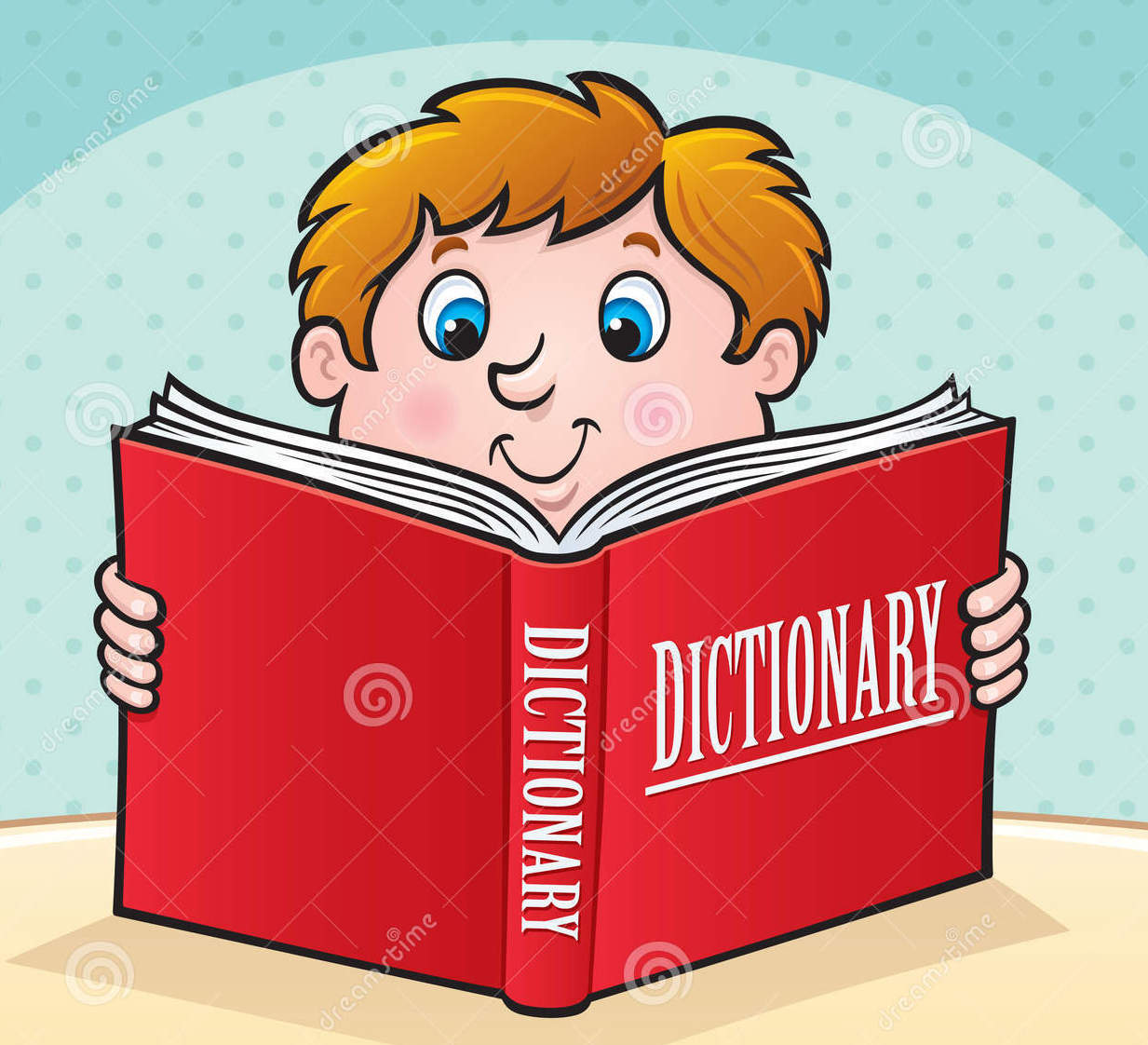Active Reading (Comprehension)
Reading after Phonics
The teaching of reading is split into word reading (phonics) and comprehension. The comprehension skills are split into content domains. We teach these skills throughout our curriculum, but specifically in reading lessons using an Active Reading programme. This is structured over the course of the week. Please click on the days below to see how the sequence is taught.
Day 1
Predict, ask questions (PR/Ask?)
Background knowledge (BK)
(2e: predict what might happen from details stated and implied)
- Show the title of text/cover of book.
- Children Predict what they think the text is going to be about and record their thoughts around the title.
- Key vocabulary that is specific to the text (technical vocabulary) is explained.
- Text is read aloud and THINKING ALOUD bubbles are modelled using the first part of the text – talking through this thought process OR when children are confident with this strategy, the text is read through as a class, giving different children the opportunity to read the text aloud.
- Pupils then re-read the text independently or in pairs and write their own THINK ALOUD bubbles thoughts/questions/ around the text.
- Ideas are shared as a class.
- Towards the end of the session, children can record and share how the text relates to their own Background Knowledge (Text to self/Text to world knowledge/ Text to text)
- Text to self- Have they had a similar experience/feeling etc.?
- Text to world knowledge- do they have any knowledge of the text’s subject?
- Text to text- does it remind them of other books/texts they have read
Day 2
Vocabulary Checker Spot Meaning Breakdown
2a: give / explain the meaning of words in context
- The text from Day 1 is recapped verbally

- Pupils reread the text from previous day and underline any unfamiliar words/phrases in purple pen.
- The teacher models word/phrase meaning strategies (when applicable)
- The Teacher models reading before and after to understand the words however this does not always work with every word in context.
- The teacher models using the vocabulary helper sheet to identify meaning of key words.
- Dictionary/thesaurus are also used to find and use synonyms and antonyms
- The teacher evidences new vocabulary with definitions/synonyms/antonyms
Day 3
Detective Time/VIP and Gist
 2b: retrieval of information
2b: retrieval of information
2d: inference, explain and justify using evidence
2c summarise main ideas from more than one paragraph
Detective Time
A) To explain meaning of key phrases the teacher will:
- Refer back to the text looking at words/phrases underlined in Day 2. Model to pupils how to use a strategy to make connections to understand the text further.
- Model Breakdown strategies (Inference) E.g.
Doctor Death - not the doctor’s real name but Michael must connect him with bad news
The winter was ending - this might also be a hint that all is not well
‘You have to see it with your mind’s eye’- you have to be able to imagine it
Then the baby came too early…- I think this also suggests that all is not well
B) Pupils with then come up with their own detective - type questions:
How do we know it was Autumn?
How do we know Michael was worried about the baby?
- Teacher will verbally share questions and encourage children to answer.
VIP & Gist
Pupils circle words of importance (VIP words/phrases) in new colour (not purple).
- Share ideas of the ‘gist’ (summary)
- Re-tell Chapter using the 5-fingers palm or
- Write a ‘headline’ in 10 words or less
- e.g. ‘Lonely boy horrified on finding strange ‘birdman’ in new garage’.
Day 4
Sessions 1-3 should have supported pupils in understanding the text as a whole to answer questions independently.
Answer comprehension questions
2d: inference, explain and justify using evidence
2g identify / explain how meaning is enhanced through choice of words and phrases
2b retrieve and record information / identify key details from non-fiction
The teacher will:
- Choose Reading Domain/s to focus on and base questioning around this/these;
- Model answering comprehension questions linked to one skill from the reading domains - to focus pupils on a particular type of question; i.e. What type of question is this? How do you know?
- Ask children to answer comprehension questions independently or in a focus group in Active Reading books journals: (Questions written by teacher written hierarchical – max 8 questions)
